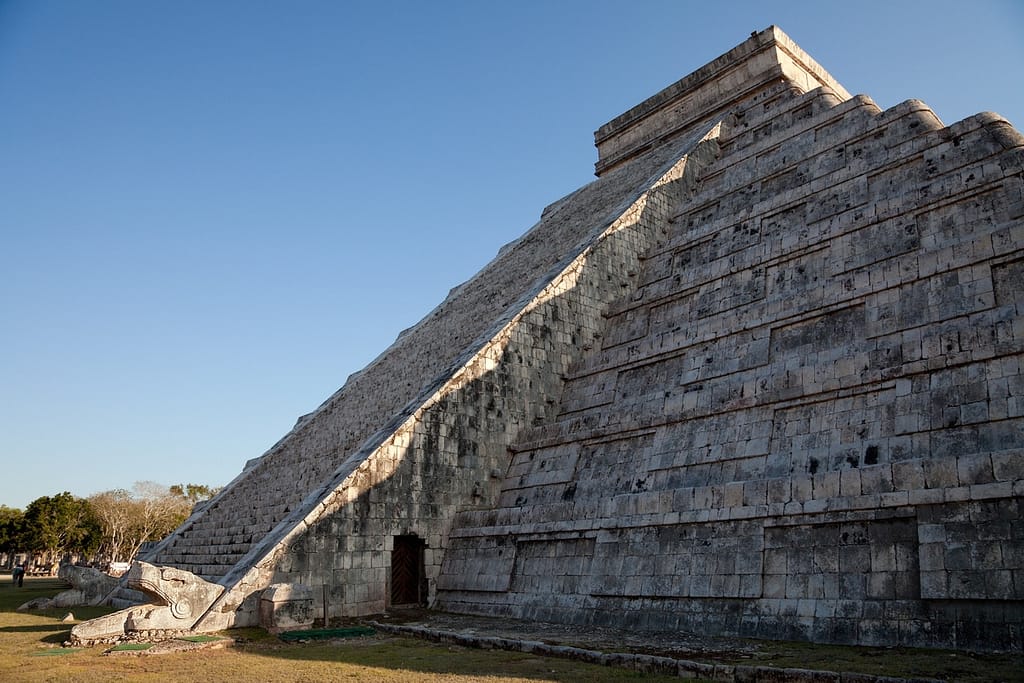Ancient calendars were based on specific annual cycles related to agriculture and religion. It’s amazing that they are so accurate. And astronomers still use them to set dates on modern calendars.
Traditionally, we celebrate the first day of spring on March 21. But this year, the astronomers have deemed that the 2023 spring season starts on March 20th. The Farmer’s Almanac reports that in 2020, spring fell on March 19th. That was the earliest first day of spring in 124 years!

The drama and mysticism of the Mayan culture in Mexico’s Riviera Maya is inspiration for the series currently being developed by Beverly and Steve Smirnis.
Isabella’s birth date occurred on the exact date of the spring equinox. She conceives a child on the Winter Equinox, and her son is born on the Fall Equinox.
Isabella is indeed of Hispanic descent, however her family migrated generations ago to the United States. She has no idea about the significance of these events in her life. Nor does she know or the significance that her ancestry will play out in her life. “What’s meant to be will always find a way” holds true as the story unfolds.
The word equinox comes from the Latin aequus (equal) and nox (night). At the equinox, Earth’s two hemispheres are receiving the sun’s rays equally. Night and day are of equal in length.
The equinoxes and solstices are caused by Earth’s tilt on its axis and ceaseless motion in orbit. EarthSky explains that the fastest sunsets and sunrises of the year happen at the equinoxes in both hemispheres. Today, the sun is at the steepest possible angle to earth. After the March equinox (aka the vernal equinox) the Sun’s direct rays migrate north. But the northward migration comes to a halt on Summer Solstice. This is as far north as the rays will go.
Equinoxes and solstices are celebrated around the world. But the ancestral magic most celebrated occurs at the Mayan pyramid known as El Castillo at Chichén Itzá. There, on spring equinox, the shadow outlining the form of a snake (Kukulcán) descends the steps of the pyramid. The event celebrated thousands of years ago celebrates remains much the same today. It celebrates new beginnings: wishing prosperity and welcoming the future while shedding away the past.

The knowledge that spring is here – and summer is coming – permeates all of nature today on the northern half of Earth’s globe. Conversely, today marks the beginning of autumn in the Southern Hemisphere.

WHAT NEXT?
Summer Solstice is the longest day of the year in terms of hours of daylight, occurring June 21 this year. The sun sets more slowly during solstices when the Earth’s tilt is most extreme. And the effect is more dramatic the farther you get from the equator. That’s why the sun never sets at all in the Arctic Circle during the time around the summer solstice.
As the direct rays proceed to head south and the days begin to grow shorter. This represents the autumnal equinox three months later. September 23 is the 2023 fall equinox date when the periods of daylight and darkness reach equilibrium once again. The rays ultimately reach the Tropic of Capricorn (latitude 23.5 degrees south) on December 21, 2023. That marks the day of the winter solstice. And the whole cycle begins again!
